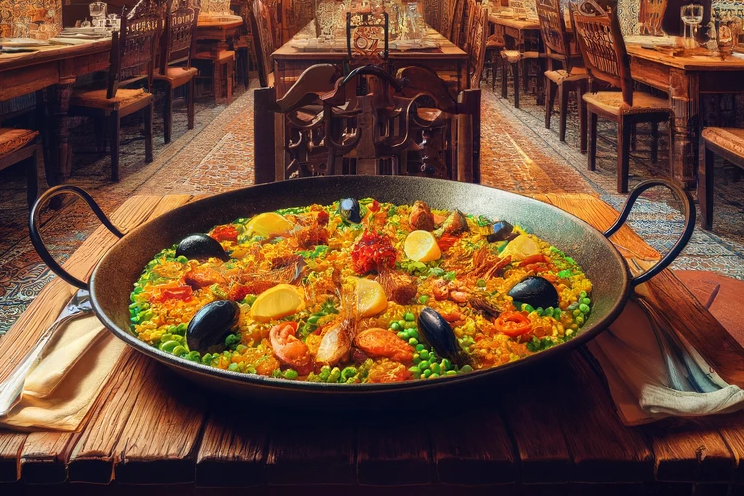Gumbo

What is gumbo?
Gumbo is a stew that exists in numerous variations, but typically includes okra, meat or seafood, a hearty broth called roux (a mixture of fat and flour used as a base for the sauce), vegetables such as peppers, onions and celery, and a variety of spices. The versatility of gumbo allows the dish to be adapted to different tastes and preferences, making it a popular family meal.
Gumbo and dogs: a complex relationship
Potential benefits
At first glance, you might assume that gumbo offers some nutritional value for dogs due to its ingredients such as meat and vegetables. Proteins are essential to a dog's diet, and vegetables can be sources of vitamins and minerals.
Risks and concerns
However, despite the apparent benefits, gumbo also carries risks for dogs:
- Spices and onions: many spices and ingredients typically used in gumbo, such as onions and garlic, are toxic to dogs and can lead to serious health problems.
- Roux: The base of gumbo, roux, is high in fat and difficult for dogs to digest, which can lead to gastrointestinal problems.
- Seafood: Certain seafood used in gumbo can be difficult for dogs to digest or cause allergic reactions.
Recommendations for dog owners
Given the potential risks, dog owners should exercise caution when offering gumbo to their dogs. Here are some tips:
- Adapt the recipe: if you want to give your dog gumbo, prepare a dog-friendly version that doesn't contain onions, garlic or hot spices and go for easily digestible meats.
- Small quantities: Only offer gumbo in small amounts as an occasional treat, not as a regular part of the diet.
- Observe the reaction: Watch out for signs of intolerance or allergic reactions after eating gumbo and consult a vet if in doubt.
Enjoy with caution
While gumbo is a delicious and culturally rich dish for humans, it should be enjoyed with caution by dogs. The traditional ingredients and spices can be dangerous for dogs and cause health problems. However, an adapted, dog-friendly version of gumbo can make an interesting change to your dog's diet, as long as it is offered responsibly and in moderation. As with any supplement to your dog's diet, it is important to consider the individual needs and tolerances of your canine companion.
If you notice any signs of hypersensitivity or poisoning in your dog, you should see your vet immediately. We are not a substitute for a vet, but we try to be as accurate as possible. Every dog reacts differently and we recommend you get a second opinion or consult your vet if in doubt.
Stay healthy and take good care of your four-legged friend!😊
Similar to Gumbo
Jambalaya is a versatile, one-pot dish that has its origins in American Southern cuisine. There are two main varieties: the Creole or "red" jambalaya, which contains tomatoes, and the Cajun...
Paella is a traditional Spanish dish that originated in the Valencia region. The name comes from the special pan in which it is cooked - the paellera. This dish is characterized by its versatility...
Risotto is a northern Italian rice dish prepared by slow cooking special types of rice such as Arborio, Carnaroli or Vialone Nano in broth to a creamy consistency. Traditionally, it is enriched with...
Rice is a grain obtained from the seeds of the rice plant. There are many different types of rice, which differ in shape, color, taste and nutritional value. The best known are white rice, brown...



